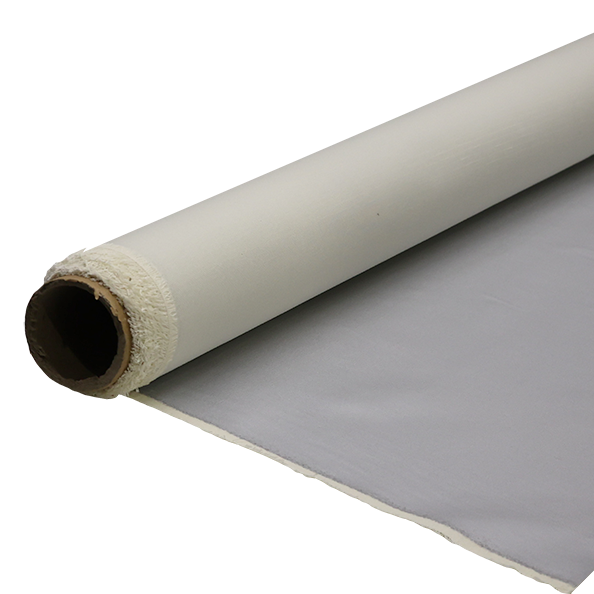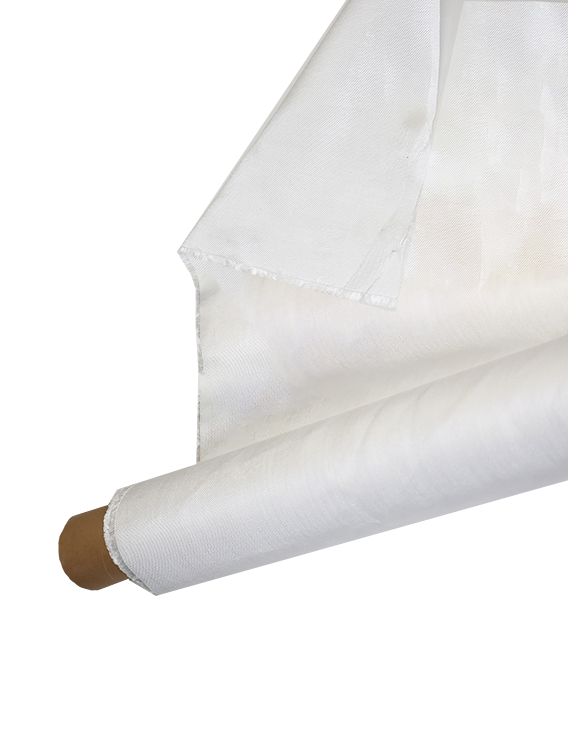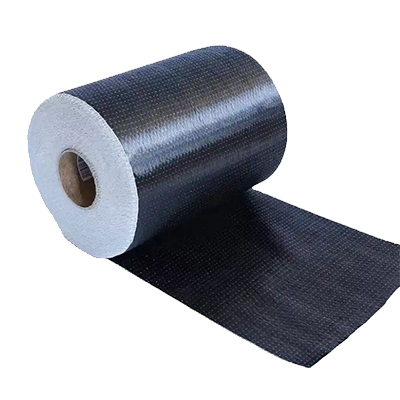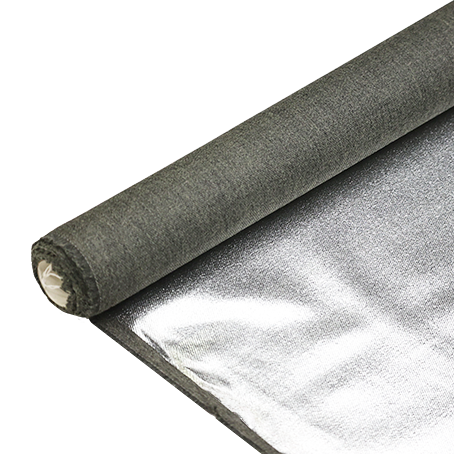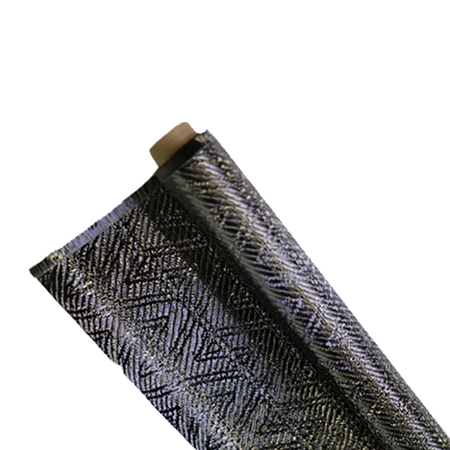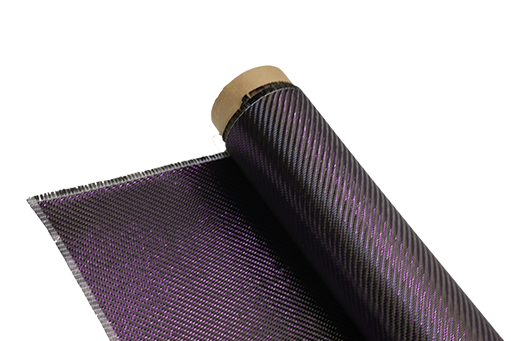How a Robotics Team Achieved High Strength with Kevlar Cloth
-
Table of Contents
“Unleashing Power: How Our Robotics Team Harnessed Kevlar Cloth for Unmatched Strength and Durability.”
In the pursuit of enhancing the structural integrity and performance of robotic systems, a dedicated robotics team embarked on an innovative project utilizing Kevlar cloth. Known for its exceptional strength-to-weight ratio and durability, Kevlar has long been a material of choice in various high-performance applications. This team aimed to integrate Kevlar into their robotic designs to improve resilience against impacts and environmental stresses while maintaining agility and efficiency. Through meticulous experimentation and engineering, they successfully demonstrated how Kevlar cloth could be strategically employed to reinforce critical components, resulting in a robust and high-strength robotic platform capable of tackling demanding tasks in competitive environments.
Kevlar Cloth: The Secret Ingredient for Enhanced Strength in Robotics
In the realm of robotics, the quest for enhanced strength and durability has led engineers and designers to explore innovative materials that can withstand the rigors of various applications. Among these materials, Kevlar cloth has emerged as a pivotal component, offering remarkable strength-to-weight ratios that significantly enhance the performance of robotic systems. This synthetic fiber, originally developed for use in bulletproof vests, has found its way into the robotics industry, where its unique properties are harnessed to create lightweight yet robust structures.
The inherent characteristics of Kevlar cloth make it an ideal choice for robotics applications. Its high tensile strength allows it to absorb and dissipate energy effectively, which is crucial in environments where robots may encounter impacts or stress. By integrating Kevlar into the design of robotic components, teams can reduce the overall weight of their systems while simultaneously increasing their resilience. This dual advantage is particularly beneficial in competitive robotics, where agility and strength are paramount for success.
Moreover, the versatility of Kevlar cloth enables it to be used in various forms, from sheets to woven fabrics, allowing engineers to tailor its application to specific needs. For instance, in constructing robotic arms or exoskeletons, Kevlar can be layered with other materials to create composite structures that maximize strength without compromising flexibility. This adaptability not only enhances the performance of the robots but also opens up new possibilities for design innovation, as teams can experiment with different configurations and applications of Kevlar.
In addition to its mechanical properties, Kevlar cloth is also resistant to abrasion and environmental factors, which further extends the lifespan of robotic components. This durability is particularly advantageous in outdoor or industrial settings, where robots may be exposed to harsh conditions. By utilizing Kevlar, robotics teams can ensure that their creations remain operational and effective over extended periods, reducing maintenance costs and downtime.
Furthermore, the integration of Kevlar cloth into robotics has implications for safety and reliability. As robots are increasingly deployed in environments where they interact with humans, the need for safe and reliable materials becomes paramount. Kevlar’s ability to withstand significant stress without failure makes it an excellent choice for applications where human safety is a concern. For example, in collaborative robots designed to work alongside human operators, the use of Kevlar can help mitigate the risks associated with accidental collisions or malfunctions.
As robotics technology continues to evolve, the role of advanced materials like Kevlar will likely expand. Researchers and engineers are constantly seeking ways to enhance the capabilities of robots, and the incorporation of high-performance materials is a key aspect of this endeavor. The ongoing exploration of Kevlar’s potential in robotics not only highlights its current applications but also suggests future innovations that could redefine the boundaries of what robots can achieve.
In conclusion, Kevlar cloth stands out as a secret ingredient that significantly enhances the strength and durability of robotic systems. Its unique properties, including high tensile strength, lightweight nature, and resistance to environmental factors, make it an invaluable asset in the design and construction of advanced robotics. As teams continue to leverage this remarkable material, the future of robotics promises to be not only stronger but also more versatile and capable of tackling increasingly complex challenges. The journey of integrating Kevlar into robotics exemplifies the innovative spirit driving the industry forward, paving the way for breakthroughs that will shape the next generation of robotic technology.
Innovative Design Techniques: Integrating Kevlar Cloth into Robotics
In the realm of robotics, the quest for enhanced strength and durability has led to innovative design techniques that push the boundaries of traditional materials. One such advancement is the integration of Kevlar cloth into robotic structures, a development that has garnered attention for its remarkable impact on performance and resilience. Kevlar, a synthetic fiber known for its high tensile strength and lightweight properties, has been a game-changer in various industries, including aerospace and automotive. However, its application in robotics is particularly noteworthy, as it allows for the creation of robots that can withstand extreme conditions while maintaining agility and efficiency.
The process of incorporating Kevlar cloth into robotic designs begins with a thorough understanding of the material’s unique characteristics. Kevlar is not only strong but also resistant to abrasion and impact, making it an ideal choice for robots that operate in challenging environments. By utilizing Kevlar in the construction of robotic exoskeletons or protective casings, engineers can significantly enhance the structural integrity of these machines. This integration is achieved through various techniques, including layering Kevlar fabric with other materials, such as carbon fiber or aluminum, to create composite structures that leverage the strengths of each component.
Moreover, the design process often involves advanced modeling and simulation techniques to predict how the Kevlar-enhanced structures will perform under different conditions. Engineers employ computer-aided design (CAD) software to create intricate models that simulate stress and strain on the materials. This allows for the optimization of the design before physical prototypes are built, ensuring that the final product is both lightweight and robust. As a result, the robotics team can iterate on their designs rapidly, refining their approach based on empirical data and simulations.
In addition to structural applications, Kevlar cloth can also be utilized in the development of flexible robotic components. For instance, soft robotics, which focuses on creating robots with flexible and adaptable bodies, can benefit from the incorporation of Kevlar. By embedding Kevlar fibers into soft actuators or joints, engineers can create robots that are not only strong but also capable of intricate movements. This flexibility is crucial for applications such as search and rescue missions, where robots must navigate through debris and confined spaces while maintaining their structural integrity.
Furthermore, the use of Kevlar cloth in robotics extends beyond mere strength enhancement; it also contributes to the overall efficiency of robotic systems. Lighter robots consume less energy, allowing for longer operational periods and reduced wear on components. This energy efficiency is particularly important in autonomous robots that rely on battery power, as it directly impacts their range and effectiveness in the field. By integrating Kevlar, robotics teams can design machines that are not only powerful but also sustainable, aligning with the growing emphasis on eco-friendly technologies.
In conclusion, the innovative design techniques that involve the integration of Kevlar cloth into robotics represent a significant advancement in the field. By harnessing the unique properties of Kevlar, engineers are able to create robots that are stronger, more flexible, and energy-efficient. This approach not only enhances the performance of robotic systems but also opens up new possibilities for their application in various industries. As research and development continue to evolve, the potential for Kevlar-enhanced robotics will undoubtedly lead to even more groundbreaking innovations, further solidifying the role of advanced materials in shaping the future of technology.
Case Study: Success Stories of Robotics Teams Using Kevlar Cloth
In the realm of robotics, the quest for materials that enhance performance while ensuring durability is a constant pursuit. One notable case study that exemplifies this endeavor is the success of a robotics team that integrated Kevlar cloth into their design, achieving remarkable strength and resilience. This innovative approach not only elevated the team’s competitive edge but also showcased the potential of advanced materials in the field of robotics.
The robotics team, comprised of engineering students and mentors, embarked on a project to build a robot capable of withstanding rigorous challenges in a competitive environment. Initially, the team experimented with various materials, including metals and plastics, but soon realized that these options did not provide the optimal balance of weight and strength. As they delved deeper into material science, they discovered Kevlar cloth, a synthetic fiber known for its exceptional tensile strength and lightweight properties. This discovery marked a pivotal moment in their design process.
Transitioning to the use of Kevlar cloth required the team to rethink their construction methods. They meticulously researched the properties of Kevlar, understanding that its unique molecular structure contributes to its high strength-to-weight ratio. This knowledge allowed them to design a framework that maximized the benefits of Kevlar while minimizing unnecessary bulk. By incorporating Kevlar into critical structural components, the team was able to create a robot that not only met the competition’s stringent requirements but also excelled in agility and maneuverability.
As the team progressed, they faced challenges in the integration of Kevlar cloth with other materials. The bonding process proved to be complex, necessitating the exploration of various adhesives and joining techniques. Through rigorous testing and iteration, the team developed a method that ensured a strong bond between Kevlar and the robot’s metal components. This collaborative effort underscored the importance of interdisciplinary knowledge, as team members from different backgrounds contributed their expertise to solve the challenges at hand.
The culmination of their efforts was evident during the competition, where the robot demonstrated remarkable performance. The lightweight yet robust structure allowed for swift movements and resilience against impacts, which were critical in navigating the obstacles presented in the competition arena. The use of Kevlar cloth not only enhanced the robot’s physical capabilities but also instilled a sense of confidence within the team. They had successfully transformed a theoretical concept into a practical application, showcasing the potential of advanced materials in robotics.
Moreover, the success of this robotics team served as an inspiration for others in the field. Their experience highlighted the importance of innovation and adaptability in engineering design. By embracing new materials like Kevlar, teams can push the boundaries of what is possible, leading to advancements that benefit not only competitive robotics but also broader applications in industries such as aerospace, automotive, and personal protective equipment.
In conclusion, the case study of this robotics team illustrates the transformative impact of integrating Kevlar cloth into robotic design. Their journey from material selection to successful competition performance exemplifies the critical role that innovative materials play in enhancing strength and functionality. As robotics continues to evolve, the lessons learned from this team’s experience will undoubtedly influence future projects, encouraging a culture of exploration and ingenuity in the pursuit of excellence.
Q&A
1. **Question:** What material did the robotics team use to enhance the strength of their robot?
**Answer:** The robotics team used Kevlar cloth to enhance the strength of their robot.
2. **Question:** How does Kevlar cloth contribute to the overall strength of the robot?
**Answer:** Kevlar cloth is known for its high tensile strength and lightweight properties, which provide durability and resistance to impact without adding significant weight to the robot.
3. **Question:** What specific applications did the team implement Kevlar cloth in their robot design?
**Answer:** The team implemented Kevlar cloth in critical structural components and protective coverings to improve resilience against collisions and wear during competitions.The robotics team successfully enhanced the strength of their robot by integrating Kevlar cloth into their design, leveraging its high tensile strength and lightweight properties. This innovative approach allowed for improved durability and resilience under stress, ultimately leading to a more robust and efficient robotic system capable of withstanding challenging operational conditions. The use of Kevlar cloth not only contributed to the structural integrity of the robot but also demonstrated the team’s ability to creatively apply advanced materials in engineering solutions.

